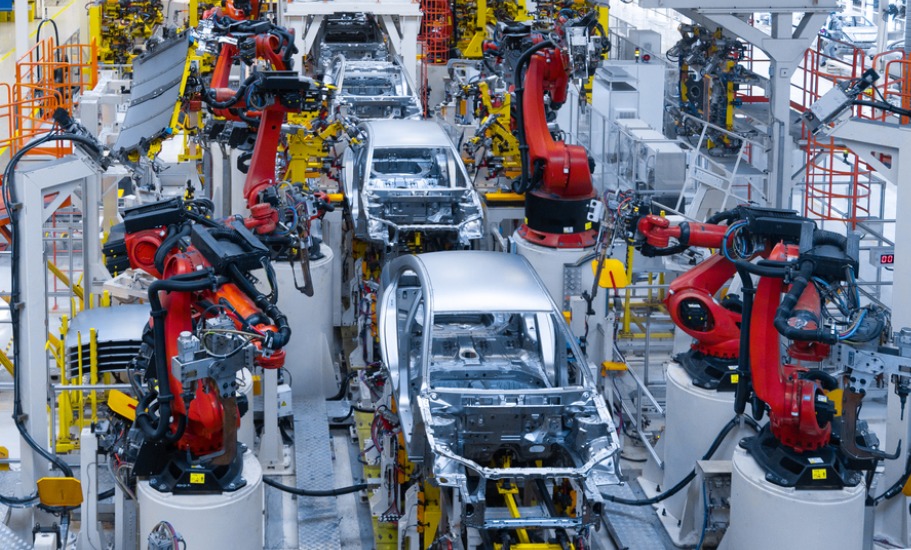
Economy jumps back, GDP contracts 7.5% amid early revival signs
The National Statistical Office (NSO) on Friday declared that India's gross domestic product (GDP) – a yardstick to measure country’s economic health – has contracted 7.5 percent in the July-September period in comparison to the same period last year (YoY). This essentially means India has entered a phase of recession and it will be time before the country comes out of the impact of lockdown necessitated by coronavirus pandemic in March this year.

The National Statistical Office (NSO) on Friday declared that India’s gross domestic product (GDP) – a yardstick to measure country’s economic health – has contracted 7.5 percent in the July-September period in comparison to the same period last year (YoY). This essentially means India has entered a phase of technical recession and it will be some time before the country comes out of the impact of lockdown necessitated by coronavirus pandemic in March this year.
A good performance by the manufacturing sector, agriculture and electricity showed up in the marginal growth of the second quarter. However, private consumption is down by 11.5 per cent, making it very evident that recovery is still away.
“India has entered a technical recession in the first half of 2020-21 for the first time in its history with Q2 2020-21 likely to record the second successive quarter of GDP contraction,” as per the article titled ‘Economic Activity Index’, authored by Pankaj Kumar of the Monetary Policy Department.
Government expenditure, which was supporting the economy even before lockdown happened, has disappointed as it grew by 10.9% lower than Q1.
Also read: Post lockdown, India’s economic revival faster than expected: RBI governor
To add fuel to the fire, COVID-19-related restrictions have resulted in loss of thousands of jobs and forced a large chunk of the workforce to stay home. Services sector was the worst affected with a contraction of 15.6%.
Policy experts, however, say that contraction in economy is ebbing with gradual normalization in activities and expected to be short-lived. While the negative growth is bad news for the economy, it is still a sign of revival as the lockdown had led to a steep contraction of 23.9 percent in the GDP for the April-June quarter as compared to the same period a year ago.
Also read: India will be worst affected among major countries after COVID wanes: Report
The Reserve Bank of India (RBI) estimates the economy to shrink by 9.5 percent for the full fiscal year. On Thursday, RBI Governor Shaktikanta Das highlighted a stronger-than-expected recovery from the coronavirus-led lockdown.
Economists believe the economy will expand with signs of revival likely to be visible in the December quarter. A better consumer demand for automobiles, non-durables and rail freight during the festival season, supported by speedy progress in the development of coronavirus vaccine will help the economy to recover from the shock of a nationwide lockdown imposed by Prime Minister Narendra Modi in March this year.
India’s Chief Economic Advisor (CEA) K V Subramanian said, “The Q2 GDP numbers are very encouraging. Agriculture sector is the persistent bright spot. Rising rural demand reflected in rising tractor sales. Sharp decline in work demand in MNREGA during unlock has stabilized since August…We need to track food inflation, which is likely to soften in the third quarter.”
The output of eight core industries in September, as compared the last year (YoY) stands at -2.5% vs -0.1%, and -5.5% in October 2019.
Coal grew 11.6 per cent while Crude Oil was – 6.2 per cent; Natural Gas: – 8.6 per cent; Refinery Products: – 17.0 per cent; Fertilizers: 6.3 per cent; Steel: – 2.7 per cent; Cement: 2.8 per cent; Electricity: 10.5 per cent.
India’s daily coronavirus count is falling consistently which has come to half of its peak of 98,000+ infections a day in September. With total cases crossing the 9.27 million mark, India is now the world’s second most affected country after the US.


